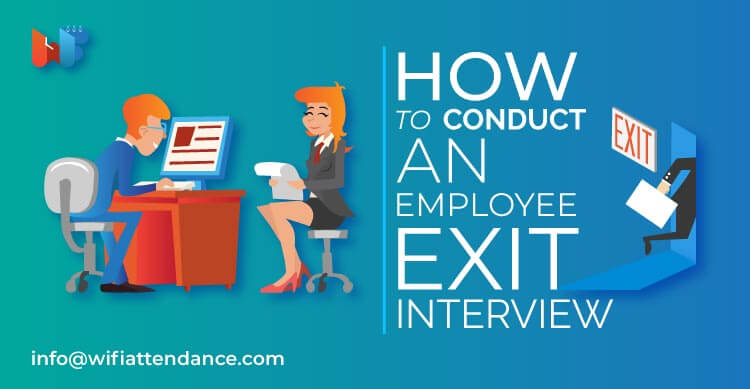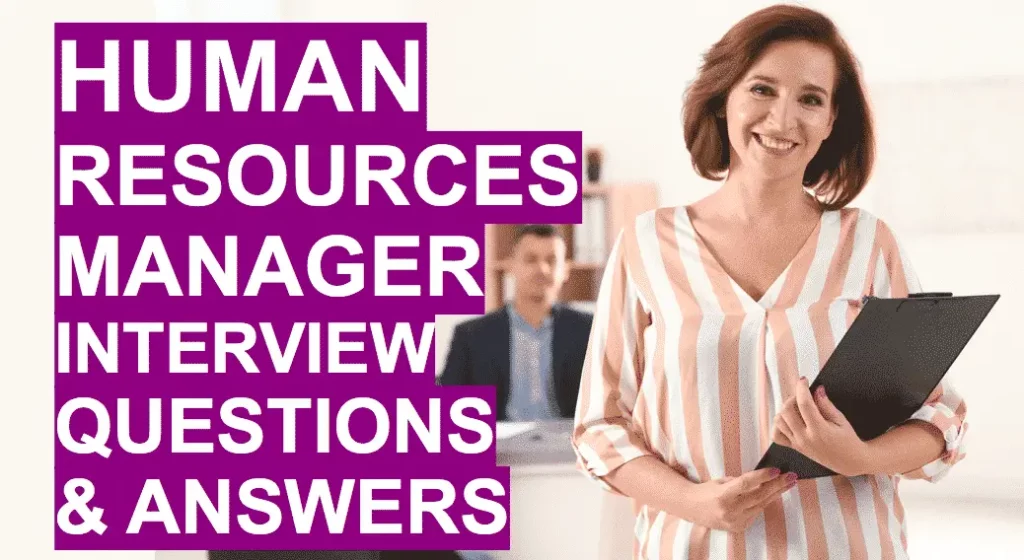How to Conduct Effective Exit Interviews


Exit interviews can be a goldmine of information for organizations looking to improve employee satisfaction, reduce turnover, and foster a positive work environment. As a small business HR expert, I understand the importance of conducting effective exit interviews. This article will provde you with a comprehensive guide to maximize the insights gained from these interviews and help your organization reach new heights.
Preparing for the Exit Interview: Establishing a Solid Foundation
The first step in conducting a successful exit interview is to prepare adequately. This means setting up a comfortable environment, scheduling the interview at an appropriate time, and determining the best person to conduct it. Ideally, the interviewer should be someone who is not directly involved in the employee’s day-to-day work, such as an HR professional or a neutral third-party consultant.
Encourage Openness and Honesty: Fostering a Constructive Dialogue
To gain valuable insights, it’s essential to create an atmosphere where the departing employee feels comfortable sharing their thoughts and experiences. Begin the interview by thanking the employee for their time and assuring them that their feedback will be used constructively. Reinforce the importance of honesty and let them know their responses will be kept confidential.
Ask the Right Questions: Delving into the Employee Experience
The quality of information obtained from an exit interview is largely dependent on the questions asked. Avoid yes or no questions, and instead focus on open-ended inquiries that encourage discussion. Some examples of effective questions include:
- What prompted your decision to leave the organization?
- How did your job responsibilities align with your initial expectations?
- Can you describe the quality of communication and support you received from your manager?
- What aspects of the company culture did you find most enjoyable or challenging?
- If you could change one thing about your experience here, what would it be?
Listen Actively and Empathetically: Gaining Insight into Employee Perspectives
Active listening is critical to a successful exit interview. Show genuine interest in the employee’s responses and encourage them to elaborate on their points. Demonstrate empathy and avoid being defensive or dismissive, even if you disagree with their feedback.
Identify Common Themes and Trends: Recognizing Opportunities for Improvement
Once you have conducted several exit interviews, analyze the data to identify common themes and trends. Are there specific departments or managers frequently mentioned? Are there recurring concerns about company culture or communication? Recognizing these patterns will help you pinpoint areas for improvement within your organization.
Implement Changes Based on Feedback: Turning Insights into Action
Take the insights gleaned from exit interviews and use them to develop strategies for improvement. Involve key stakeholders in the process and establish a plan to address the identified issues. Regularly review and adjust these plans as necessary, and don’t be afraid to seek external assistance if needed.
Communicate the Results: Building Trust and Demonstrating Commitment
Sharing the results of exit interviews and the subsequent changes with your remaining employees can have a positive impact on morale and trust. This demonstrates that your organization values employee feedback and is committed to improvement.
Conclusion
Effective exit interviews are a powerful tool for small businesses looking to foster a better workplace and retain top talent. By following the steps outlined in this article, you can unlock insights that lead to meaningful improvements within your organization. Embrace the process and use the information gained to create a workplace that attracts and retains the best employees, ensuring your business’s continued success.





Responses